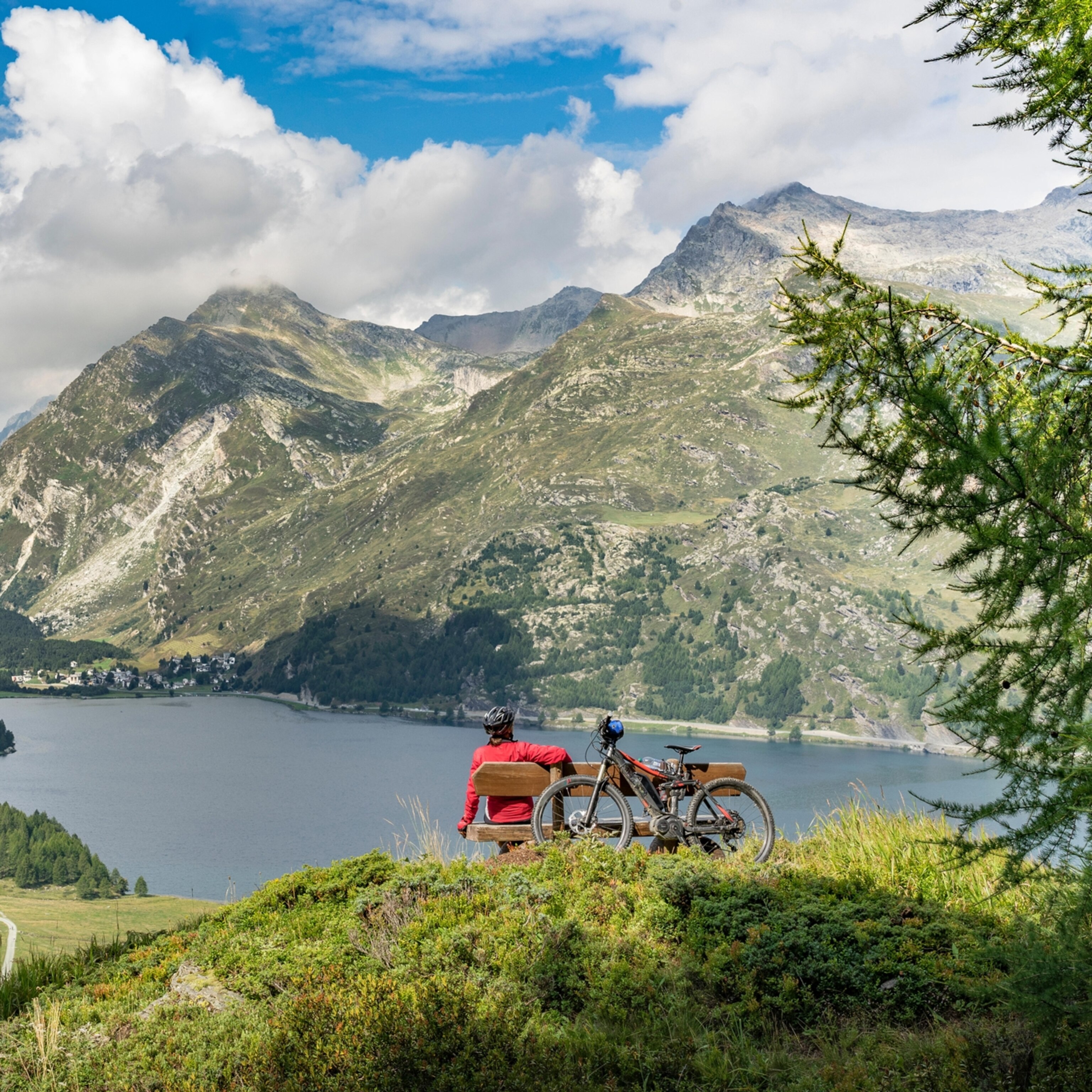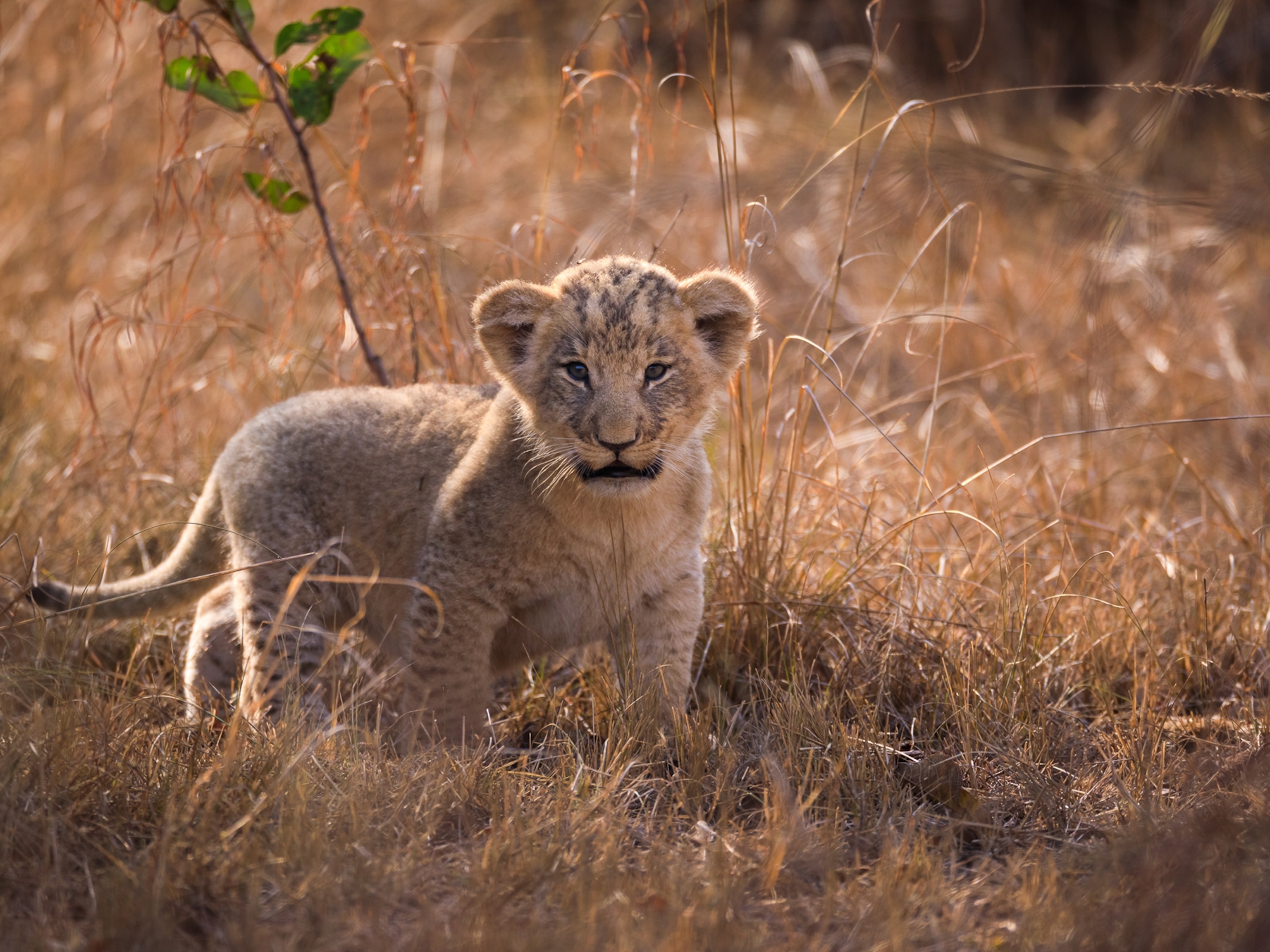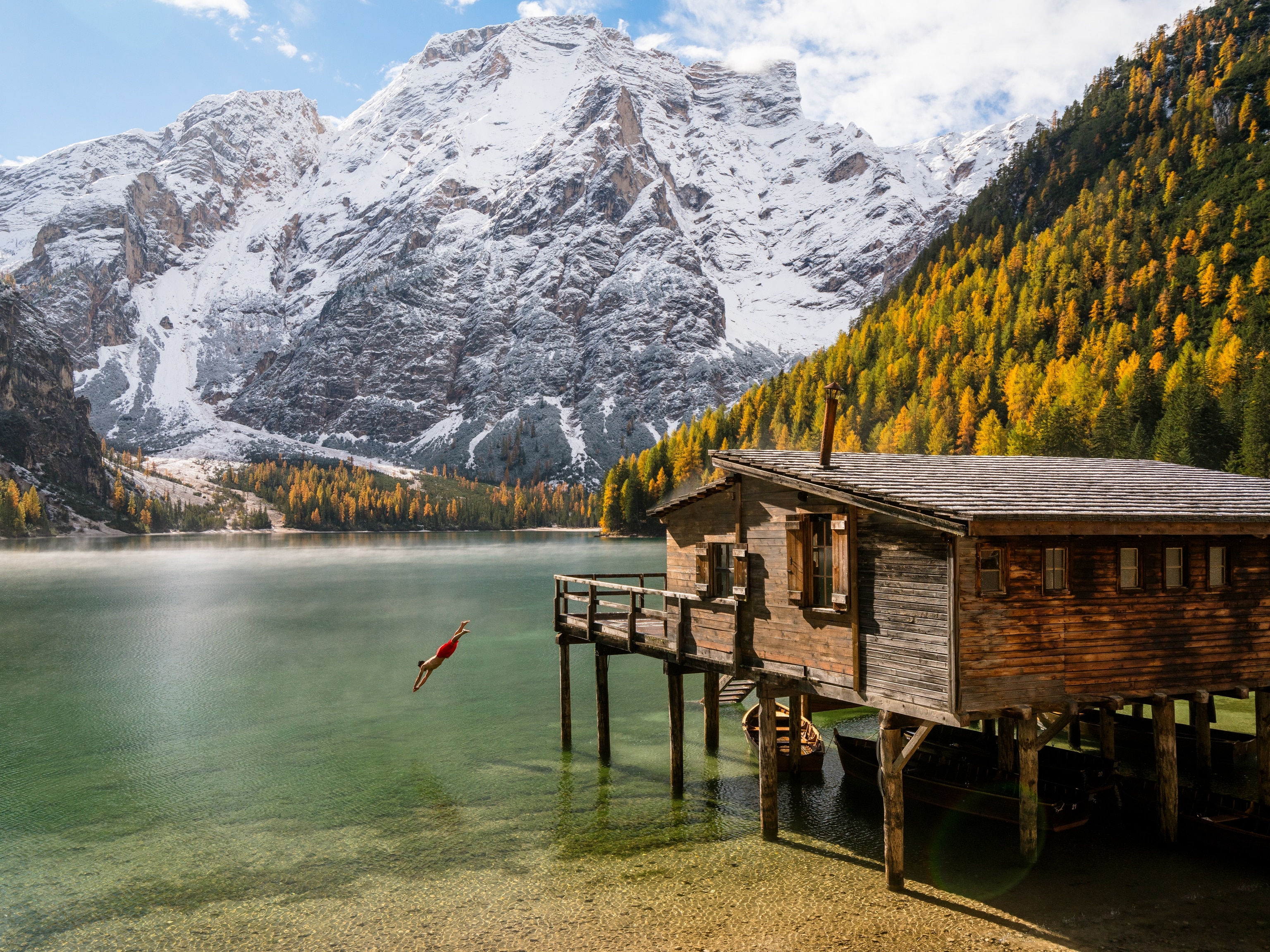
For riveting views, climb North America’s highest via ferrata
The “iron way” along the cliffs at Colorado’s Arapahoe Basin runs through mountain goat territory and soars to a dizzying 13,000-foot summit.
Clinging to a metal rung, tiptoeing on a tiny ledge, chest pressed up to a cold granite wall: The climb up North America’s highest via ferrata is hard enough.
But you really need to get a grip for the climb down, as your dangling foot searches for the next solid step along the cliff and your hands for places to attach your harness.
The via ferrata, the newest summer activity at Arapahoe Basin (A-Basin), a notoriously challenging ski area in the Colorado Rocky Mountains, is no climb for couch potatoes.

An increasingly popular form of outdoor recreation, navigating a via ferrata (“iron way” in Italian) is similar to rock climbing, but with the help of permanent metal footholds, handholds, and cables.
A major factor in building the A-Basin via ferrata—its harrowing, above-timberline route up and down 800 vertical feet of granite cliffs—was a local mountain goat population.
‘The fear factor is real’
With views of the Continental Divide, heaving lungs from a physical effort that starts at an elevation of 12,000 feet, shrill peeps from resident marmots and pikas, and enough acrophobic moments to make the overall experience feel truly death-defying, Colorado’s via ferrata is uniquely thrilling.
(Learn more about the history of rock climbing.)
“The fear factor is real,” says 50-year-old Michael Lytle, an avid skier and hiker who had never before attempted a via ferrata until his A-Basin tour last summer.
“Going down is the scariest part. You try not to look all the way down. You can see thousands of feet below and even the highway looks like a piece of thread. Your muscles are clenched the whole time. As soon as we got to the bottom and I unclipped, I fell over. I think it was the endorphins rushing through my body.”
The resounding consensus among its first summer of visitors is that the via ferrata is “more challenging than expected,” says A-Basin’s Alan Henceroth. “We haven’t tried to sugarcoat that.”
Navigating the via ferrata, open from late June to September, requires a guide. Rock climbing experience isn’t necessary, but a base level of fitness is strongly recommended. Guests are outfitted with harnesses and helmets and debriefed on safety protocol. They practice clipping and unclipping their harnesses onto a cable before heading up. At numerous places along the exposed route, this will, in the event of a slip, save their life.
The full day experience takes visitors to the top of the granite cliffs known as the East Wall, beginning at an elevation around 12,000 feet and reaching a high point of nearly 13,000 feet. Once at this height, climbers must then descend a similar route, which is—especially for the acrophobic—the most daunting part.
Avoiding the core goat zone
The original plan for the via ferrata was climbing up Little Lenawee Peak—a more accessible section of the ski area from which visitors could, after completing the climb, hike back down to the starting point.

“The original idea was a much gentler route through a lot of tundra,” Henceroth says. “That raised a red flag among our wildlife biologists.”
Known for its conservation-mindedness, especially when it comes to mountain goats (which happen to be the ski area’s mascot), Arapahoe Basin officials changed course upon learning that the initial plan might disrupt the goats’ most sensitive habitat.
(Rock climbing is getting more popular—and that concerns conservationists.)
“The first location was smack dab in the middle of what we call the mountain goat nursery. We’d see 20 to 30 goats in the summer there with their kids. Our concern with the reproductive area is that if the goats get disturbed in those first months of life, they can be separated,” says wildlife biologist Elissa Slezak of Colorado Parks and Wildlife, adding that this grassy tundra above Colorado’s tree line (at around 11,500 feet) can be quickly destroyed by human traffic.
“That habitat is limited,” Slezak says. “We can’t create more alpine habitat. Other habitat types like forest or sagebrush, you can regenerate or try to expand through forestation and seeding. Alpine is extremely difficult because plant growth is extremely slow. The moss and lichen is a unique food source. The grasses and the flowering plants, especially in spring, are really important forage for the goats.”
So the via ferrata was built on A-Basin’s East Wall, an area that’s popular with expert skiers in winter.
Rock and roll
“The East Wall wasn’t my first choice, not because it wasn’t doable, but because of the bowls and loose rocks we had to avoid,” says Mike Friedman of Adventure Partners, which built the A-Basin via ferrata and a handful of others across the western United States. “We did a lot of scaling and trundling, moving rock down the hill and off the route. It’s going to be a continuous maintenance project. Given a monsoon year or a lot of avalanche activity in the winter, stuff is always going to come down onto that talus field below.”


Helmets are necessary. As part of the safety debriefing, via ferrata guides stress the importance of yelling “rock!” to warn climbers below when any loose materials break off. When this happens, climbers below must remember to tuck their heads to avoid a rock to the face.
The mountain goats, whose natural habitat ranges between elevations of 10,000 and 14,000-plus feet, are capable of inadvertently releasing loose debris as they navigate the cliffs. But they possess grippy hooves that allow them to maneuver gracefully across the steep and often slippery rocks.
Goat antics
During the via ferrata’s construction, the goats sat on ledges and watched Friedman and his team at work. Last summer, via ferrata climbers often caught sight of them peering over the cliff tops, observing the action.
“Mountain goats are naturally curious. Some can become overly habituated to humans,” Slezak says. “They really like salt and minerals, so in areas where people are peeing in the wild, the goats will come and lick those spots. They can start following people around. It’s a challenge. It’s not good for the longevity of the goats.”

To discourage attracting curious goats, guides advise climbers to relieve themselves in rocky areas, where human urine dissolves faster, before tackling the climb back down.
Becoming dangerously accustomed to humans has become problematic for goats on many of Colorado’s fourteeners (peaks that measure more than 14,000 feet), which have seen an unprecedented increase in visitors. More than 415,000 people climbed these peaks in 2020, according to Colorado Fourteeners Initiative; some of them fed the goats. There have been reports of goats coincidentally getting sick and dying as well as dogs being gored by the goats’ sharp horns.
(Rare goats thrive in this idyllic mountain village tucked away in Slovenia.)
There were no such issues during A-Basin’s first summer of via ferrata operation, but wildlife and ski area officials say they’ll monitor impacts. In addition to steering visitors away from the goats’ nursery area, other measure to minimize impacts include limiting tour groups to five people and beginning tours after 9 a.m. (despite the concern of afternoon thunderstorms), since goats are most active in the morning and evening. The season’s late June start date provides ample time for young goats (kids) to develop, as mid-May is their typical birthing period.
Adaptation, monitoring, and risk
“Goats are probably adapting to this new use,” Slezak says. “This population does live around a ski resort. In the winter, they live outside of the resort on the south-facing slopes where the wind blows the snow off, and they can find forage. After the first summer of the via ferrata, the goats haven’t abandoned the area. We see this as a positive outcome, as well as a great wildlife-watching and educating opportunity.”
(Discover 24 more amazing journeys for 2022.)
But it’s a type of wildlife recreation that comes with its fair share of risks. After all, “via ferratas are a mountaineering experience,” Friedman says. “Fall and injury if you’re not clipped into the cable, lightning, rain, rock fall, hypothermia … those are all inherent risks of climbing a via ferrata anywhere.”
For those up to the challenge, the A-Basin via ferrata can be particularly rewarding.
“People definitely have to pay attention to what they’re doing and take some responsibility,” Henceroth says. “What sets ours apart is that it’s really a high mountain experience. People literally get their breath taken away. It’s isolated. It’s such a complete and total high alpine setting. The goats remind you of that.”







